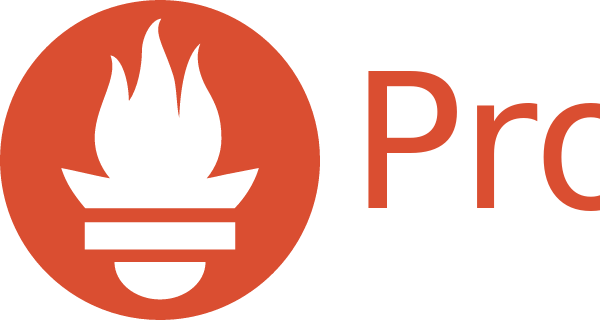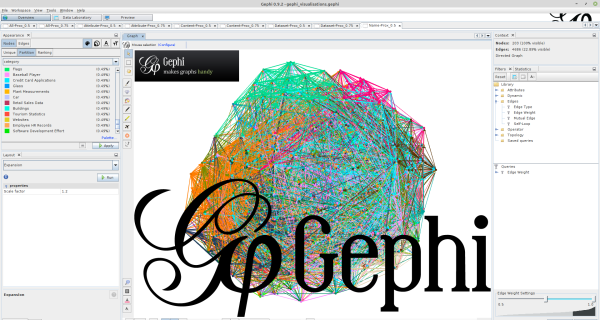Prometheus is an Open Source software developed by SoundCloud, commonly used in production servers as a monitoring and alarming tool.
This article offers an introductory view into how it works and how to use it by exposing a running example.
After reading this article, you will understand what Prometheus is, how it works, and have some examples into the mind of its different components. You will also find several links along the article to further extend your knowledge.


